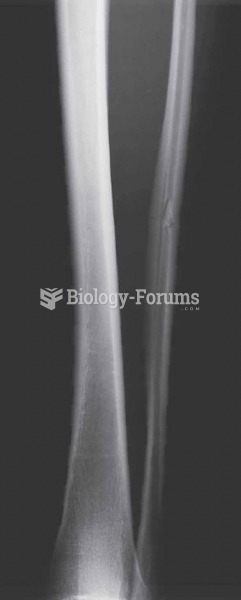|
|
|
Bacteria have flourished on the earth for over three billion years. They were the first life forms on the planet.
More than 30% of American adults, and about 12% of children utilize health care approaches that were developed outside of conventional medicine.
A seasonal flu vaccine is the best way to reduce the chances you will get seasonal influenza and spread it to others.
Fatal fungal infections may be able to resist newer antifungal drugs. Globally, fungal infections are often fatal due to the lack of access to multiple antifungals, which may be required to be utilized in combination. Single antifungals may not be enough to stop a fungal infection from causing the death of a patient.
Historic treatments for rheumatoid arthritis have included gold salts, acupuncture, a diet consisting of apples or rhubarb, nutmeg, nettles, bee venom, bracelets made of copper, prayer, rest, tooth extractions, fasting, honey, vitamins, insulin, snow collected on Christmas, magnets, and electric convulsion therapy.







